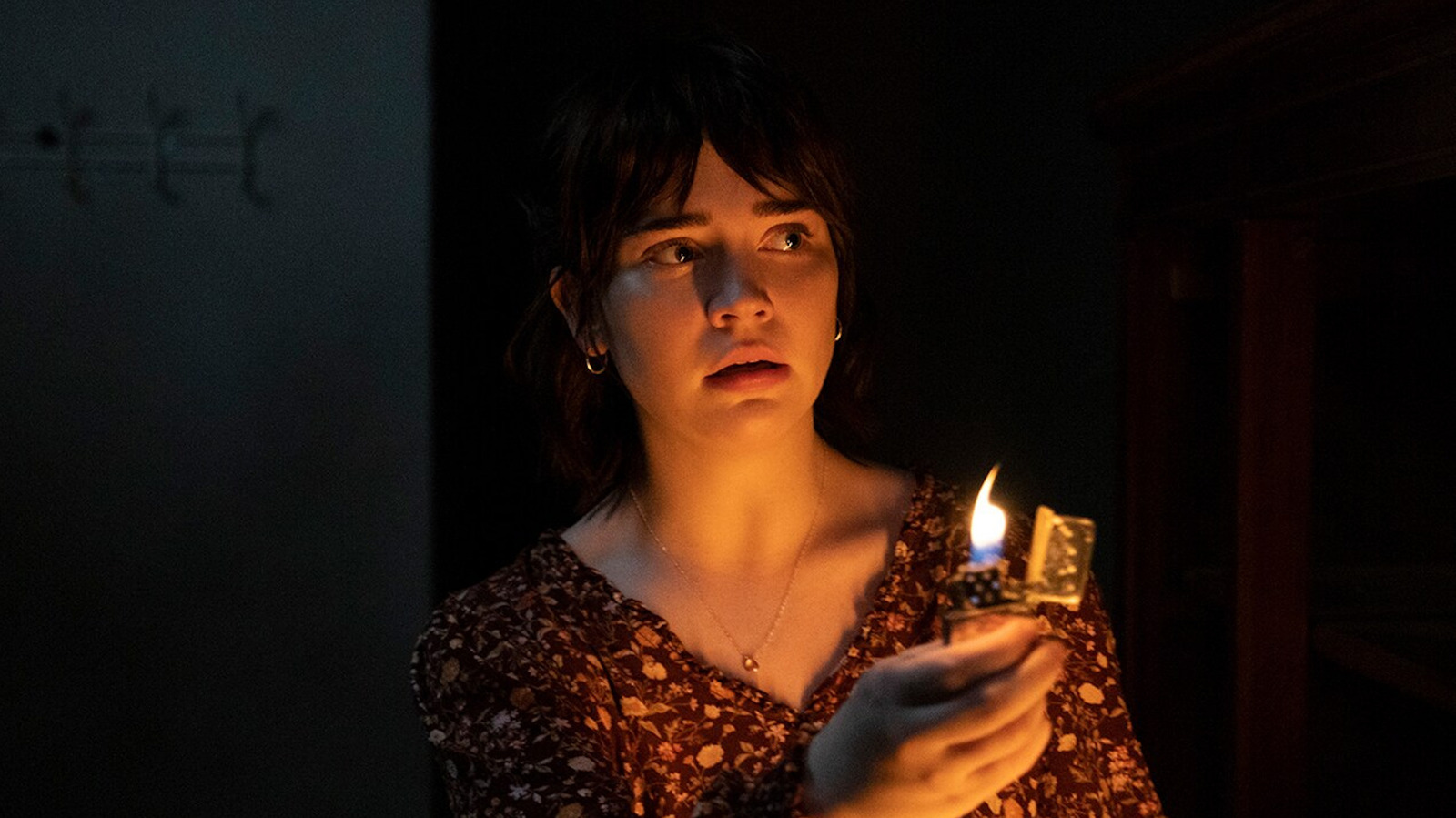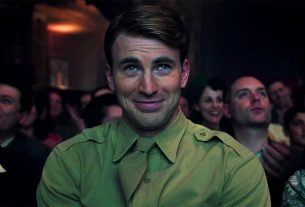
You talk about building these suspense moments and not delivering, but then when you do choose to deliver, an effective jump scare unites an audience like nothing else. How do you pull off those kinds of scares?
I think to craft a jump scare that’s really going to work, you’ve got to be … you’re in a bit of a kind of game. There’s a bit of playfulness between you and the audience that you have to lean into. There’s an element of leaving the audience down a familiar path, and then sideswiping them with something that’s unexpected. I think part of that is just knowing and loving the genre, and anticipating the ways that the audience is going to imagine these scares coming from, and sidestepping.
Part of that’s to do with rhythm. James Wan famously said, “Most horror movies, the rhythm is one, two, three and the jump lands on three.” He said, “I’ve spent my career basically making the jump scare land on nine or 10, and really keeping the audience in that suspense.” That’s so true, but it’s equally true if you can make a jump scare land on one or two, or you can stretch it out as long as you want.
It’s about the audience feeling like you’re playing an unfamiliar rhythm with the scares. I think with this movie, we were calling on a lot of haunted house tropes, and trying to make those feel fresh by having this creature element, and also just by sidestepping expectation in some key ways.
Is there a scare you’re particularly proud of? One that stands out as the one, the scene that you watch back and say, “Yeah, that’s the one”?
Well, the one that I’m really proud of is the scare that happens on beat one, which is the daytime scare, when the creature just jumps through the door at Sadie, which is, it’s a cheap scare, but it’s a really good cheap scare. It’s a nice way of just putting the audience off kilter, because, kind of what I was saying before, about an audience knowing the language of horror, and understanding where their eyes are meant to be looking in the frame, and when they’re meant to be engaged in a set piece.
Normally, during a daytime scene, you kind of feel like it’s safe to reach for the popcorn, or check your phone, or go and make a cup of tea, and it’s nice to put in a really f***ing terrifying jump scare in the middle of a daytime scene, so the audience feels completely unsafe, even in the in-between scenes, or what they imagined to be the in-between scenes.
The perfect example of this is the red face demon in “Insidious,” which is the all-timer that makes you completely feel like the movie is never going to tell you when a scare is going to come. It’s never going to kind of lull you into a sense of, “Okay, well, now we’re entering the scary bit.” The whole movie is unsafe.
It took me a little while, but I caught up with “Dashcam” when it hit streaming with Hulu. The reaction was very divisive, as I’m sure you know.
It’s a very kind way of putting it.
I was hoping you could talk about how you feel about that reaction, now that you’ve had a little bit of time and now that you’ve made another movie.
I love that movie, and I think it was one of, if not the best, screening of my entire life was at the UK premier of that movie at the London Film Festival. It was just this raucous crowd who completely were with it every step of the way, and every scare and joke was landing. It felt like there were audiences out there that clicked with the tone and the humor of the movie. I felt like European audiences, British audiences, the sense of humor kind of clicked with them.
It maybe felt like we were at a slightly different place in our perception of the pandemic, and we were maybe ready for a movie that was being flippant, and playful, and provocative around these ideas of conspiracy theorists, and anti-vaxxers, and all this kind of stuff. It felt like American audiences really were very vitriolic about that stuff. I think part of that was that the world changed under our feet after we’d made it.
We made that movie right after “Host.” Three months after “Host” came out, we were shooting “Dashcam.” We shot it at the end of 2020, and we shot it just as the world was opening back up again. Certainly, the UK was opening back up again, and there was kind of this sense of like, “Oh, okay, we’re on the other side of it now, and we’re ready to kind of laugh about what we’ve been through, and make this movie that’s kind of playful and slightly in your face.”
Then we made it, and we made it with Blumhouse rather than someone like Shudder, who just puts it out straight away. “Host” was finished three days before it went online. “Dashcam” got finished, and then we got into Toronto Film Festival. We had to wait to premiere it there, and then we got picked up by a distributor, and then we had to wait even further. In the meantime, we’d had January 6, and we’d had the Trump/Biden election cycle.
Just the conversation around vaccines had got to a point where everyone was shouting at everyone else, and it just felt like it was completely not the right time for that movie to come out, that nobody was in the mood for a movie where the main character was an unrepentant anti-vaxxer. Whereas at the end of 2020, before that had really become the story, maybe it would’ve been a different thing, or maybe…
It’s definitely more of a kind of word of mouth midnight movie that, hopefully, 10 years down the line and hopefully I’ve got a few more movies under my belt, it’ll be an interesting one in the body of work. It’s always going to play great to a drunken midnight crowd.




